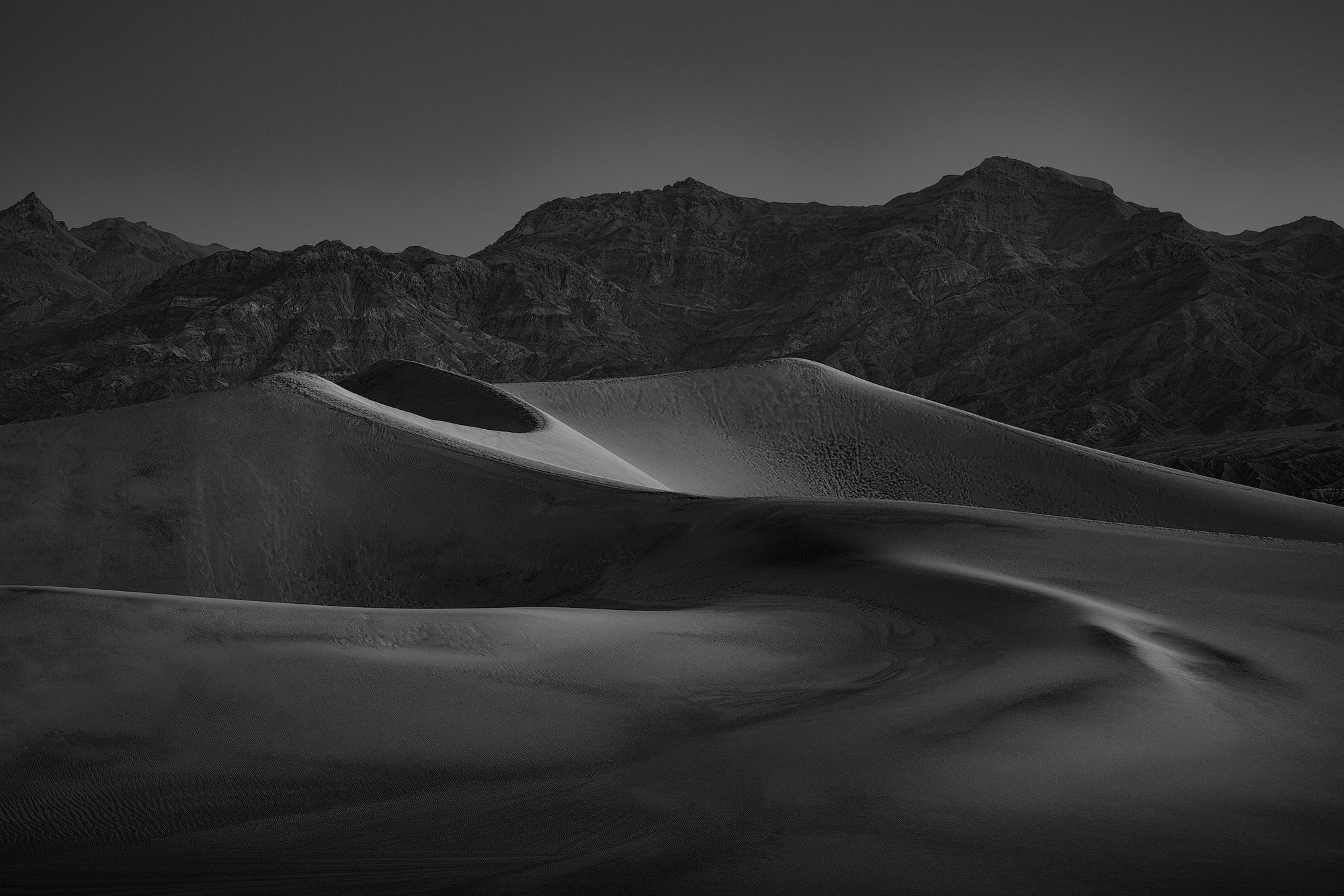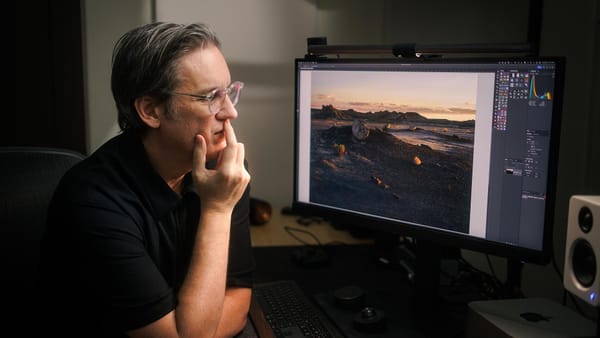The photo that changed my life
A trip back to the 1980s, shopping for posters with my mom at a local print shop
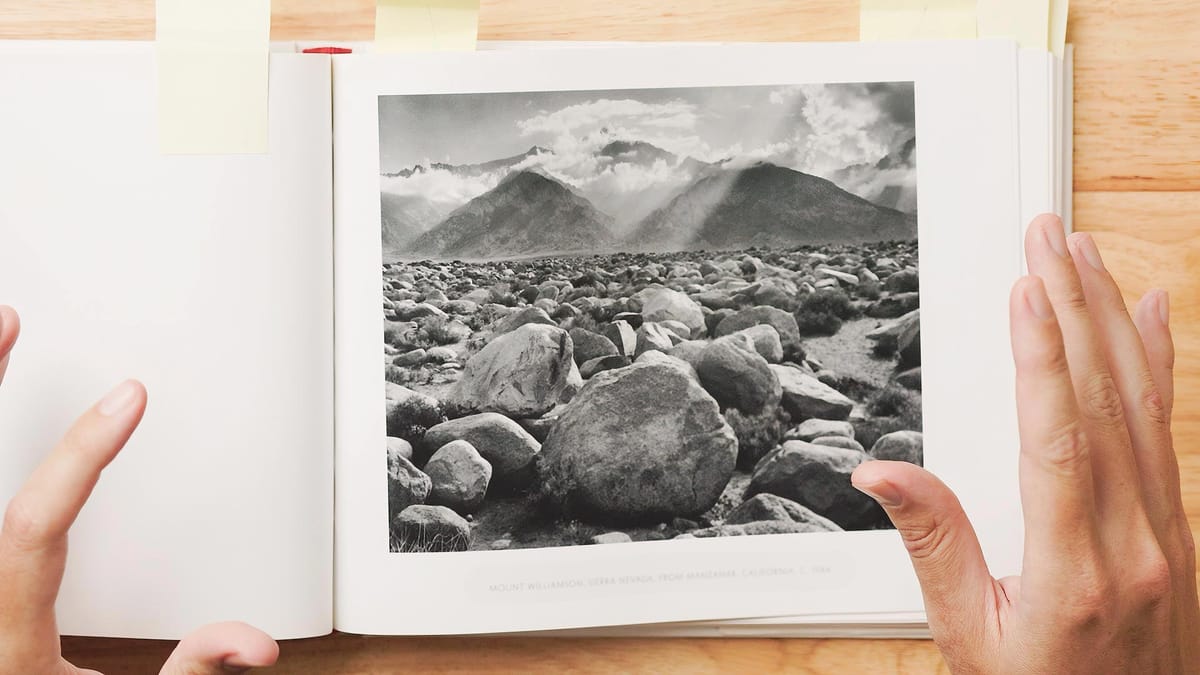
Back in the mid-1980s, I was a typical teenager growing up in a suburban American neighborhood. The walls of my bedroom were adorned with posters of my favorite bands (R.E.M., Smiths, New Order, etc), abandoned street signs, polaroids of friends, and various junky things picked up along the way.
Around the age of 14, I grew tired of my wall decor and told my mom I wanted something more "artistic". Posters that weren't sold at the local record store or Spencer Gifts at the mall. In those pre-internet days, that meant getting in the car and driving to a local frame shop that sold reproductions of famous artworks. It was there, scanning the wall of the store, that I first saw "Mount Williamson" from Ansel Adams.
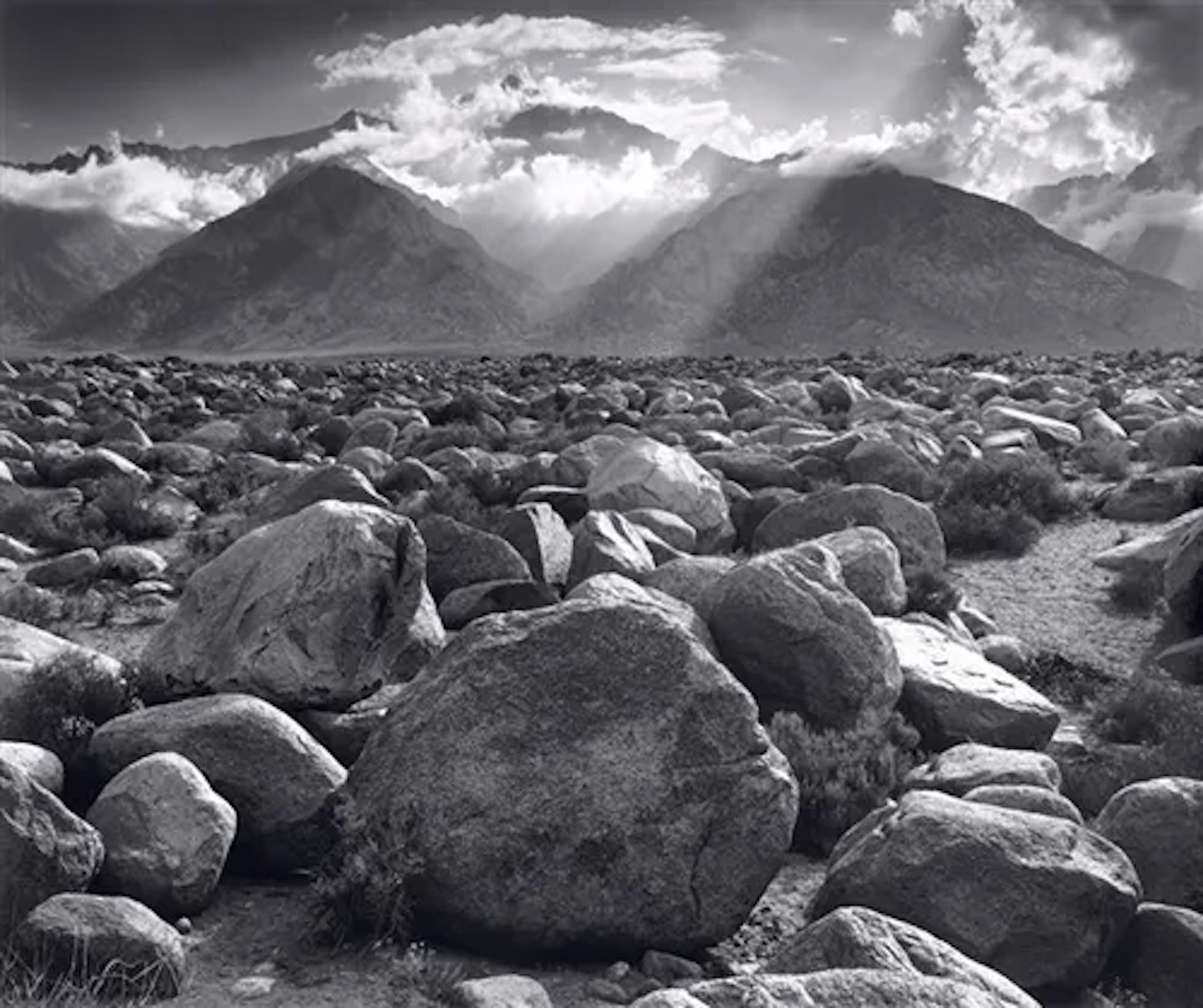
I had no idea who Ansel Adams was, or knew much about photography, but I was instantly captivated by his photograph. The image was dark, mysterious, and there was something about the cluster of boulders in the foreground and the glowing, atmospheric mountains in the back that pulled me in. A world away from the manicured lawns, green trees, and cookie-cutter houses of my day-to-day environment.
The poster wasn't labeled or credited, so I had no idea what the image was named or where it was taken. All I knew was that it was captured by someone named "Ansel Adams", and I loved it. Nothing else in the store came close.
My mom bought the poster (almost certainly an unauthorized copy) and had it mounted on foam core without a frame or glass. I then brought the image home and hung it on my bedroom wall, where it stayed for the rest of high school. When I graduated and left for college, I took the poster with me. After a number of moves, it got pretty banged up, and was tossed sometime in the mid-to-late 1990s.
Fast forward to 2023, and a used hardcover copy of 400 Photographs on sale for $10 at a local vintage furniture store near my home. I opened the book, flipped through its pages, and there it was on page 261: the black and white photograph that first captured my imagination nearly four decades prior, hanging on my bedroom wall.
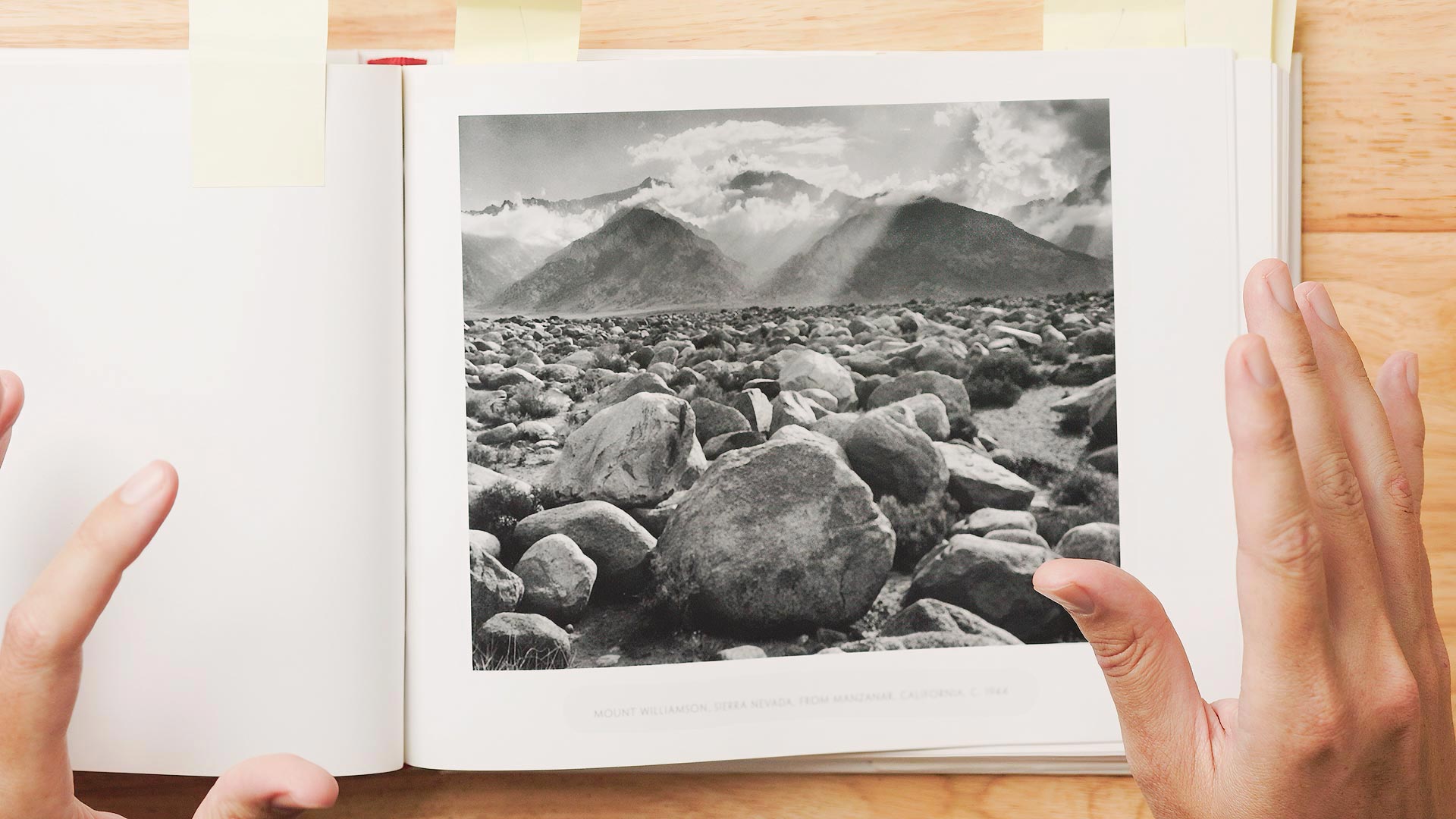
Seeing the image again, the boulders and mountains now appeared familiar. The photo no longer looked like a distant planet, as it did when I was a teenager, but rather Alabama Hills and the Eastern Sierras near Lone Pine, California. Turns out, my hunch was almost exactly right, for the image was taken in 1944 from the roof of Adams' car just a few miles north in Manzanar, where Adams was documenting (on freelance for the US government) an internment camp holding incarcerated Japanese-Americans.
But I also saw something else in the image: myself.
Since I started creating landscape images, I've had a thing for geology and barren, desert landscapes. That interest has led to numerous photography trips to California, Utah, Arizona and New Mexico. I've never been able to articulate why, or what it is about these areas that continue to fascinate me, but looking at Adams' photo with fresh eyes, I have to wonder if all roads trace back to "Mount Williamson", and that afternoon in the 1980s, shopping with my mom, looking at posters on a wall.
This is especially evident in black and white photos I've created like this one, captured an hour away from Adams' photo in Death Valley, California. In retrospect, I suspect I may have been channeling Adams, for I remember sensing how "right" the landscape and composition felt to me at the time. How deeply it resonated.
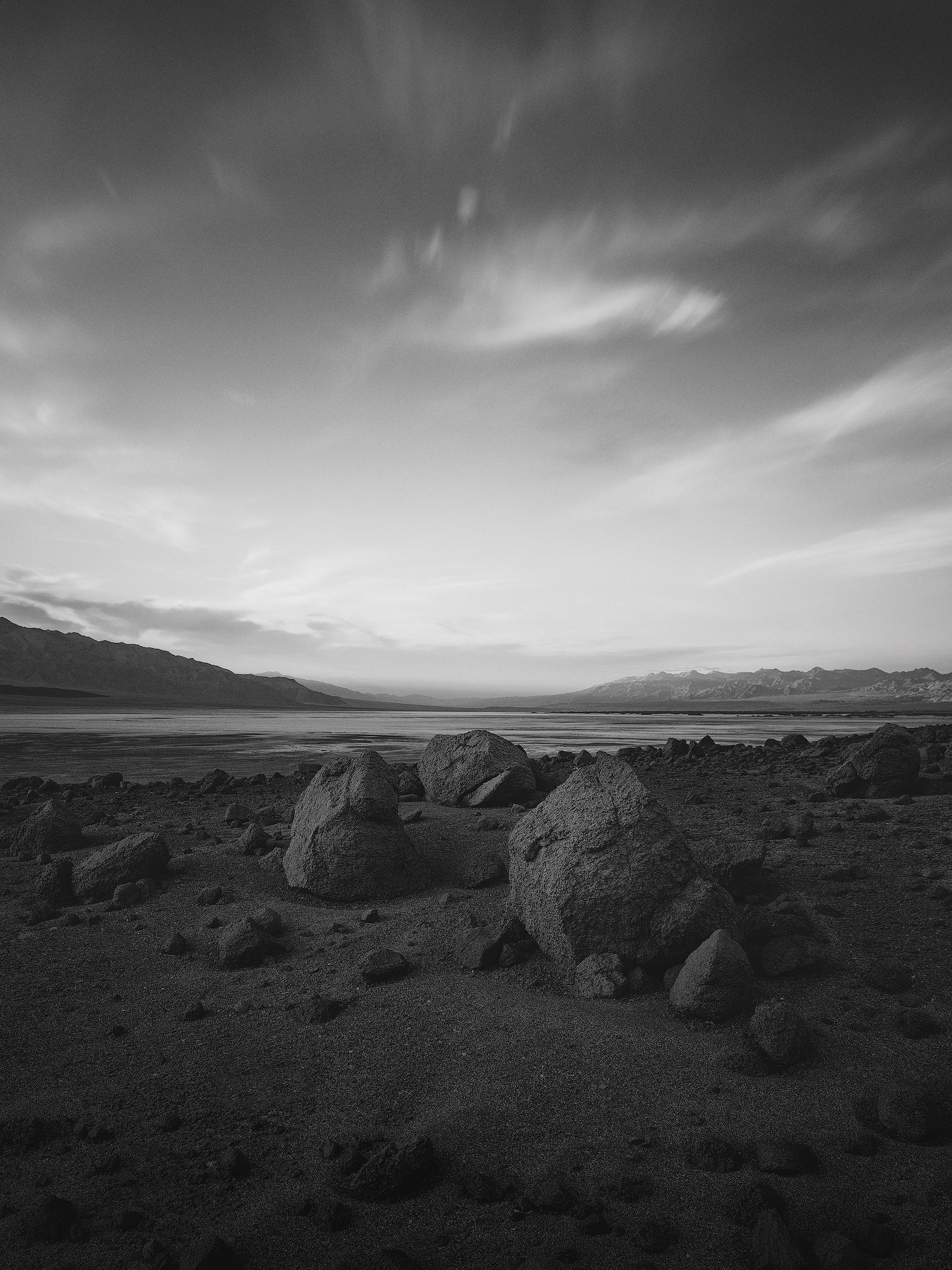
Whatever my inspiration was, there's no question how important Adams is to the history of landscape photography. It's remarkable to think the bulk of his work was created nearly a century ago, almost entirely in California. As far as I know, he never photographed Iceland. He never photographed Namibia. He never photographed the Faroe Islands. Instead, he spent years honing his craft close to home, especially in Yosemite National Park.
400 Photographs contains many popular, instantly recognizable images, including Moonrise, Hernandez, New Mexico and Tetons and Snake River, but there are also less recognizable, less iconic images, some of which are surprisingly contemporary in their style and execution. Perusing the book, I also noticed some interesting compositional and stylistic choices I hadn't noticed before.
In the video below, I share my thoughts on these images and some of the things we can learn and apply from his photography.
What we can learn from Ansel Adams
